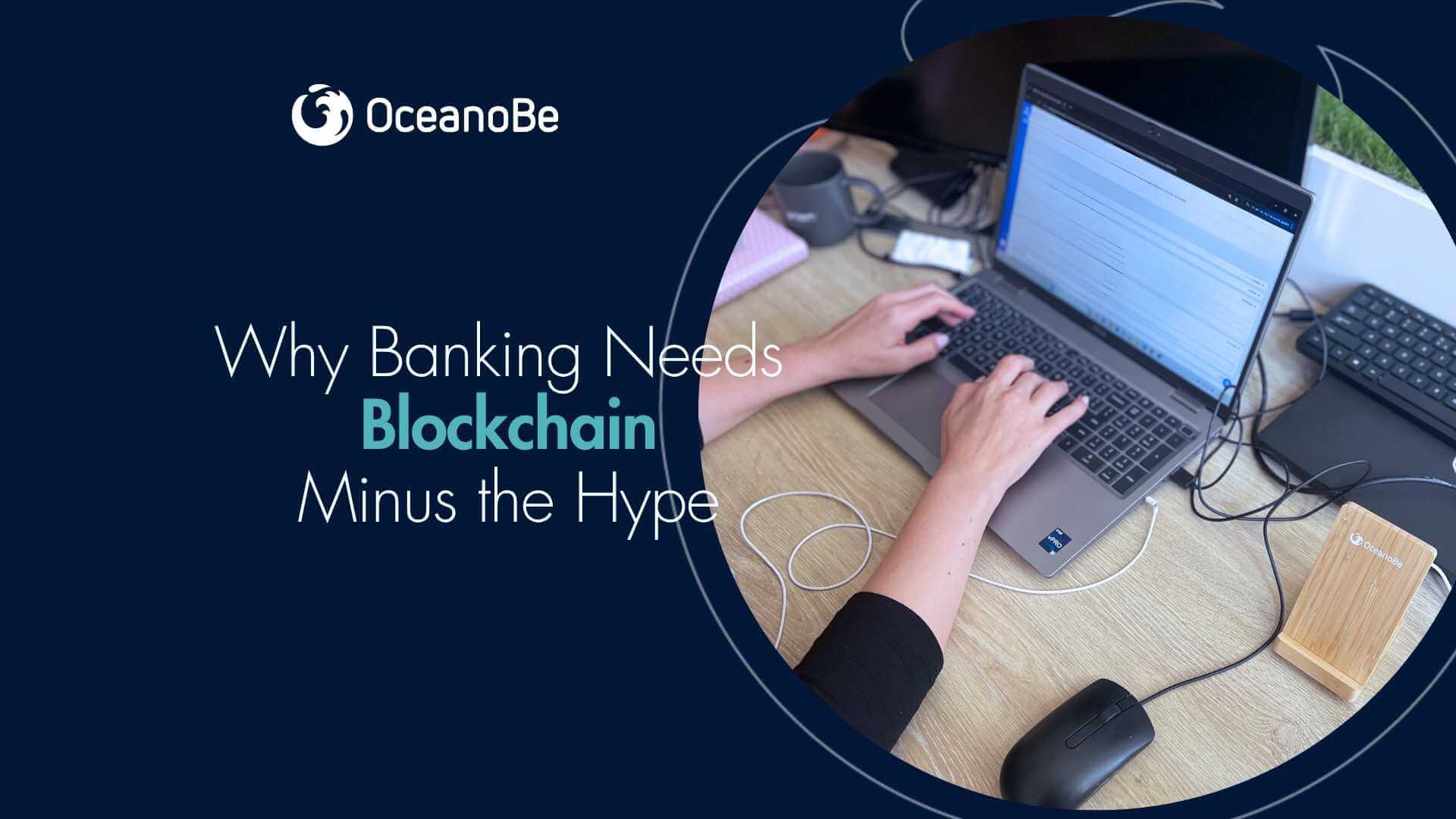Why Banking Needs Blockchain, Minus the Hype
Applications in Banking and Payments
Applications in Banking and Payments

While blockchain often grabs headlines through the volatility of cryptocurrency markets, its most promising and practical applications in banking and payments lie far beyond coins and tokens. From secure transaction validation to transparent audit trails, blockchain is reshaping how financial institutions handle data integrity, trust, and automation at scale.
At its core, blockchain is a distributed ledger technology (DLT) that creates an immutable, time-stamped record of data changes—an ideal match for financial workflows where traceability, compliance, and fraud prevention are paramount. It’s not about decentralization for its own sake, but about enhancing trust, cutting operational overhead, and reducing risk exposure.
Banks and payment providers are now actively exploring blockchain in three major areas:
Let’s break them down.
Traditional payment systems rely on multiple intermediaries, reconciliation steps, and batch processing. Blockchain-based solutions enable real-time transaction verification and reduce reconciliation friction. For cross-border payments, where trust and delay are major issues, DLTs provide a shared ledger between parties and eliminate the need for third-party verification.
Several banks have adopted private or permissioned blockchains to record interbank transfers or digital asset movement—securely, with programmable controls.
For compliance-heavy domains like banking, auditability is not optional—it’s a survival requirement. Blockchain creates a tamper-proof chain of custody for data changes, enabling granular transparency for regulators, auditors, and internal risk teams.
We’re seeing fintechs and payment companies adopt blockchain to:
Maintain KYC/AML record histories
Track loan disbursement trails
Create verifiable transaction logs in real time
When data lives on a shared ledger, it’s much easier to ensure regulatory alignment without duplicating systems or reconciling silos.
Smart contracts—automated code that runs on a blockchain—can be used to execute rules-based processes like fund release, escrow management, or milestone-based payouts. This removes human error, cuts delays, and ensures that business logic is verifiable and immutable.
In banking, smart contracts are being tested for:
Syndicated loan agreements
Insurance claim payouts
Trade finance
Escrow logic in B2B transactions
What matters most: these automations are not just secure—they are auditable by design.
Despite the promise, blockchain isn’t a silver bullet. When evaluating it for banking or payments, tech teams should consider:
Scalability and latency — Blockchains can be slow if poorly designed.
Integration complexity — Especially with legacy systems and existing APIs.
Regulatory scrutiny — Varies by region; GDPR compliance and data localization remain critical.
Operational overhead — Private blockchains still need governance, monitoring, and support.
As fintech developers and solution architects, we treat blockchain like any other tool in the stack—useful when it solves a real-world problem better than current alternatives.
For banking and payment clients, we can assess blockchain’s value based on:
If your financial product demands real-time transparency, multi-party trust, or immutable business logic, blockchain might be a strong fit. But it must be integrated with the broader architecture—APIs, auth layers, existing systems—with performance, scalability, and compliance in mind.
Blockchain’s future in banking isn’t about crypto—it’s about trust, speed, and automation. From tamper-proof ledgers to programmable contracts, it’s quietly transforming the mechanics of how money moves, how institutions collaborate, and how we build digital finance platforms.
Ready to explore blockchain beyond the buzzwords?
Let’s talk about where it actually fits in your banking or payments architecture.